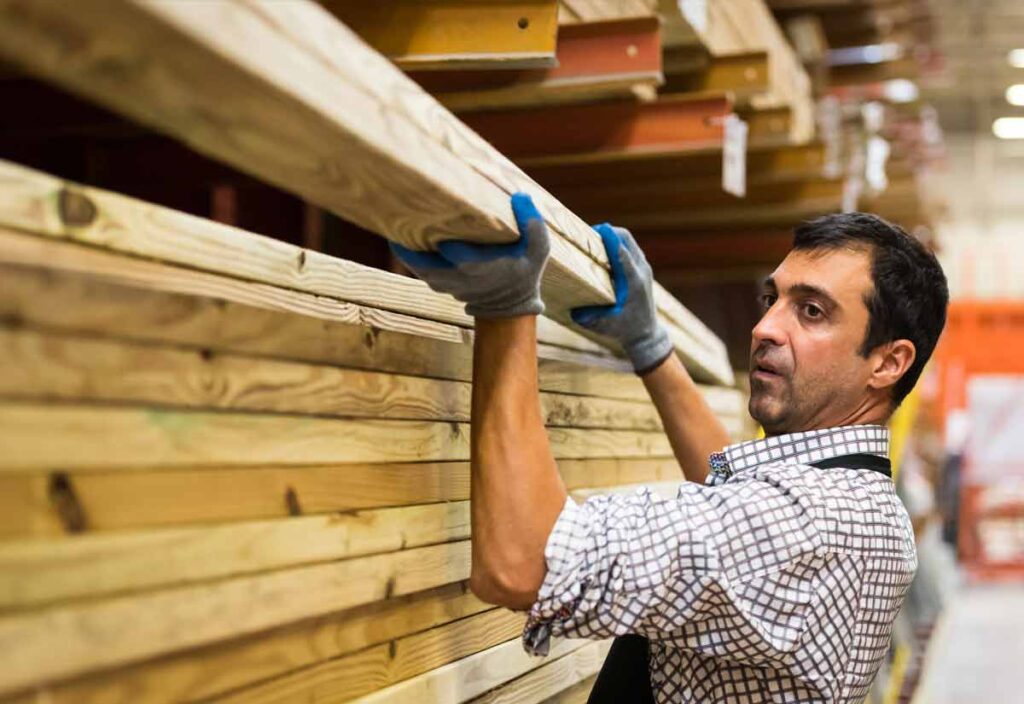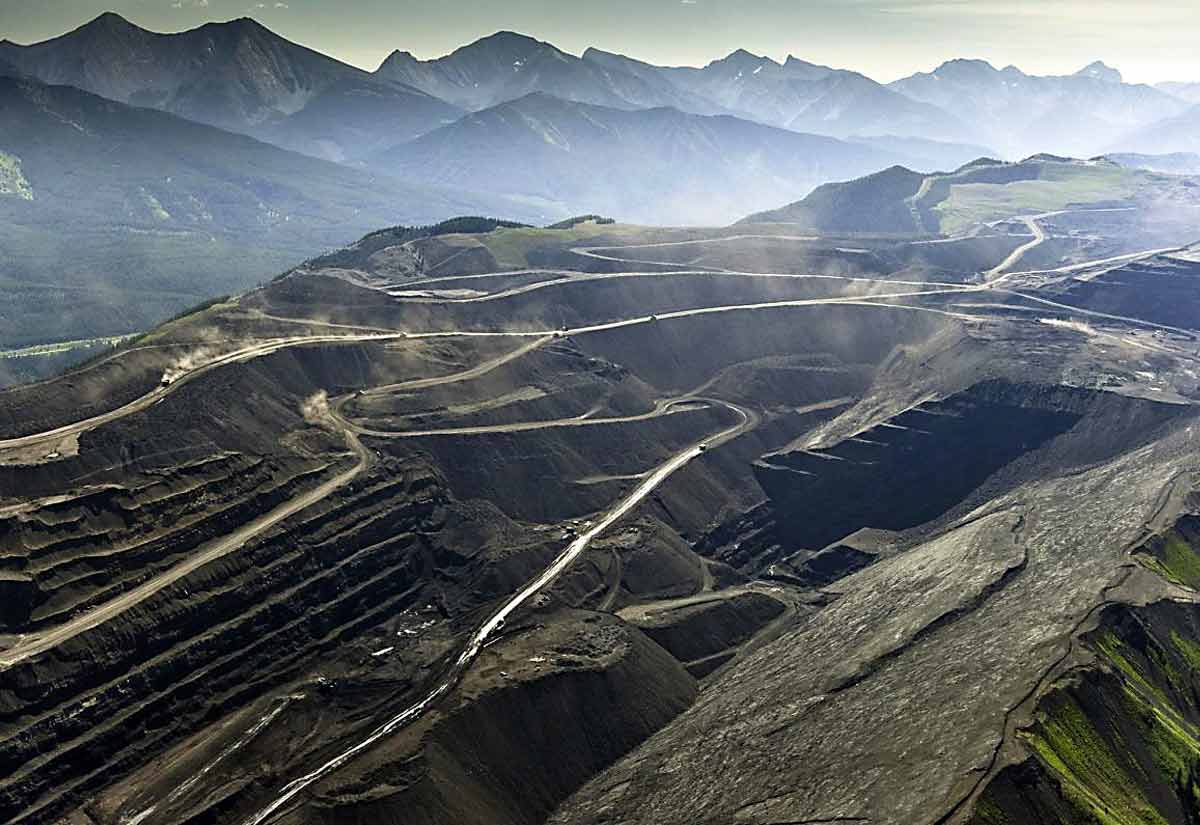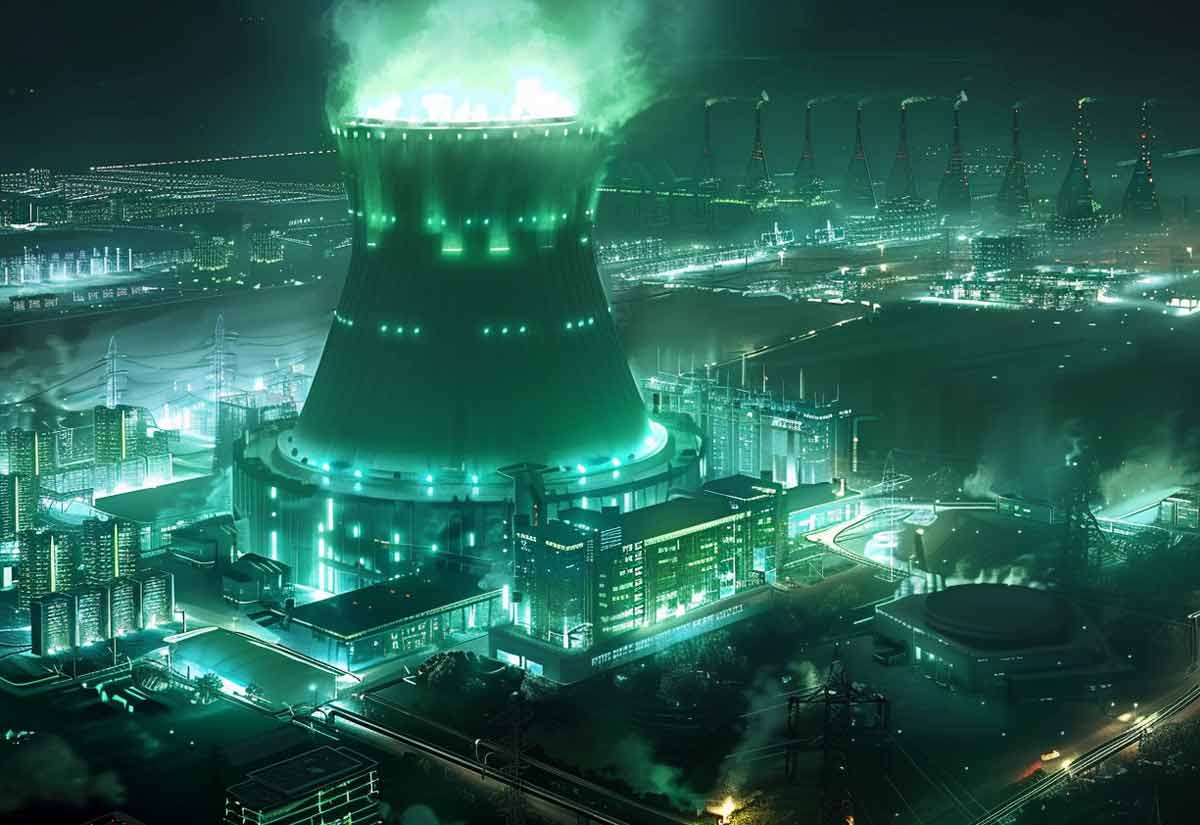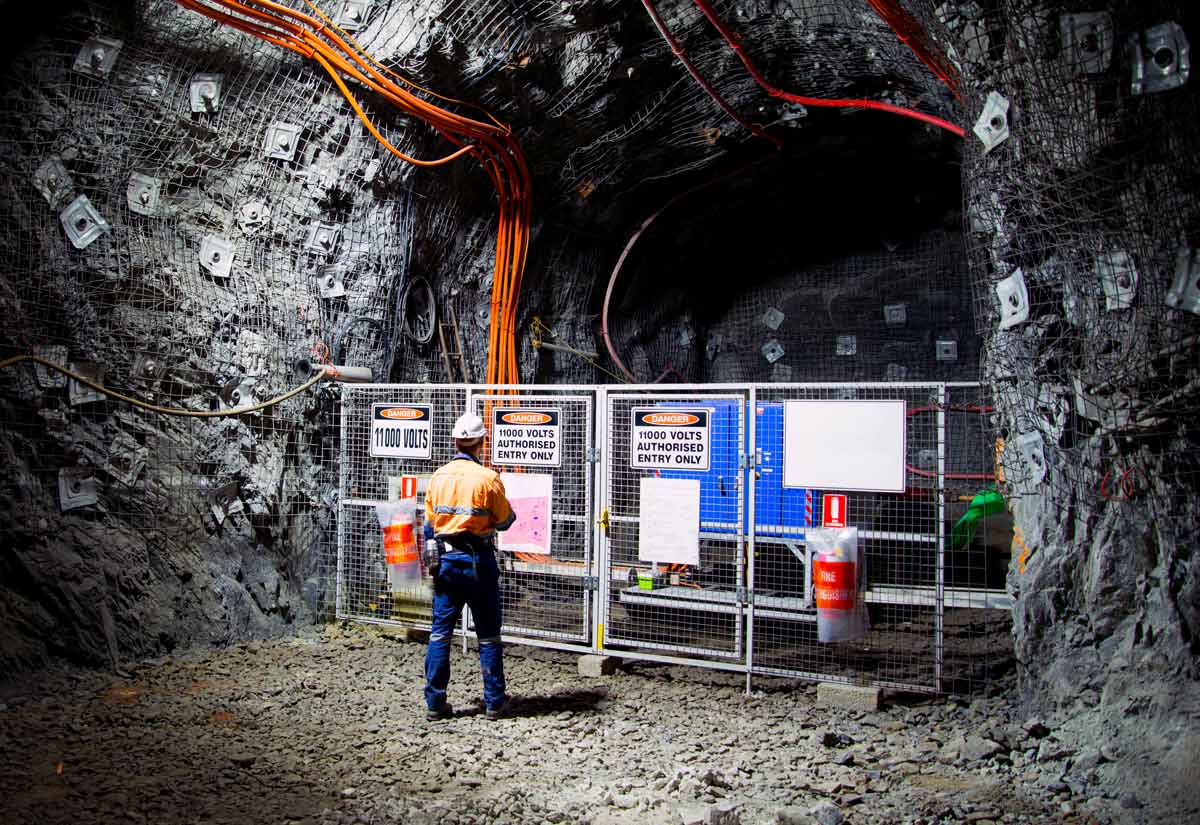“July was the sixth straight month of double-digit price increases for construction inputs,” said Ken Simonson, the Associated General Contractors of America (AGC) chief economist, in calling for President Joe Biden to immediately end tariffs and quotas on steel, aluminum, lumber and other essential construction items.”- DCN-JOC News Service-August 13, 2021
Hyper-volatility Driving Construction Materials Markets in 2021
Construction professionals expect a certain amount of construction material price volatility as an unavoidable component of doing business in the commercial construction industry, but under the Biden administration the 2021 pricing environment has escalated to unprecedented “hyper-volatility”. And the old rule of thumb that what goes up, in the way of construction material prices, eventually comes down is not holding true in the post covid era.
“There were double-digit percentage increases in the selling prices of materials used in every type of construction.” – Associated General Contractors Report
In an article at D Magazine the Dallas-based Skiles Group construction company’s director of operations, Keyan Zandy interviewed industry experts about “the big-ticket” construction materials markets and “what to expect as we roll toward 2022”. Skiles Group is a commercial builder of health care and institutional projects throughout the Southwest.
While the AGC conservatively estimated that material prices across the board increased by double digits since August 2020, the industry experts in Dallas and North Carolina painted an even darker picture where drywall framing, structural steel, mechanical plumbing, and concrete are concerned.
- Steel tube prices up 160%
- Steel plates up 140%
- Wide flanges up 70%
- Steel milled products up 108%
- Deck pricing up 300%
- Joist prices up 400%
- Asphalt and tar roofing and siding products rose 10.9%.
- Copper up by 43% with another 20-30% increase projected for the next quarter.
- Gypsum products up 21.6%
- Plastics (PVC) up by 26.7%
- Insulation materials rose 11.8%
- Milled brass components rose 49%
- Milled aluminum shapes increased 33.2%
Steel rebar prices are so volatile this summer of 2021 that concrete contractor bids can be quickly invalidated since suppliers will only guarantee prices for a paltry 15 days. Kolby May, vice president of Osburn Contractors, a premiere concrete subcontractor with an operating area ranging from San Antonio, Texas to Oklahoma City also cited the labor shortage as a contributing factor. We’ll have more on that below.
Construction Material Shortages and the Exploding Single-Family Housing Market
According to David Fultz, senior vice president of TDIndustries a MEP (mechanical, electrical, plumbing) specialist company in Garland, Texas:
“The single-family housing market has gone crazy, and that’s another piece to this puzzle.”
Senior VP Fultz talked about the situation he’s experienced with one of his TDIndustries PVC suppliers. That manufacturer has such a backlog of orders for 2 and 4 inch pipe for single-family housing construction that they’ve found it more profitable to stop producing 6” PVC products for commercial and civil construction altogether. Fultz notes that the manufacturer “has shifted to accommodate the housing market boom, and now their production is oriented to meet this demand.”
Labor Shortages Affecting Quality Control and Shipping
Osburn Contractors has their own fleet of trucks and getting enough drivers in the seats is a problem that vice president Kolby May says is a common problem, not only for his company but for many construction materials suppliers as well. But the ongoing driver shortage is just one workforce element in the perfect storm driving the hyper-volatility and extended long lead times in construction materials that is expected to last well into 2022.
Preston Pressley, president of Baker Triangle, a drywall and prefab panel supplier, noted that shipping and manufacturing still hasn’t come back to Q1 2020 levels. Pressley cites material availability obstacles as a primary driver of price volatility saying:
“Inventories have been eaten up, and raw materials have been slow to come back to the manufacturers for production. We have a heavy focus right now on domestic products, mostly due to the impact the tariffs have had with getting material from other countries into the United States. Imports have slowed due to the high tariff costs, and this has compounded the issue of material availability.”
David Garrett, president of SteelFab Inc. sums up the labor shortage situation as it stands now in 2021;
“This is worse than it was before Covid. There are labor shortages in mining, at the initial factories where it gets roll-pressed, and in shipping. At every step along the supply chain, they’re talking about a shortage of labor. Hiring is a big issue.”
Garrett explained that even before the pandemic the steel fabricating company was shooting to “ramp up” man hours from 5,000 per week to 7,000. But with the current lack of available candidates for hire his company has not been able to increase productive man hours at all, and the SteelFab president notes that this is a problem faced now by all industries.
With skilled labor in short supply, quality control problems are popping up to add fuel to the volatility fire. TDIndustries David Fultz said that they’re seeing quality control issues in raw materials as well as pipe valves and fittings like never before. That means that the strained supply chain has even more kinks adding to delays as these issues are corrected between contractors, wholesalers and eventually the manufacturers.
The AGC economist Ken Simonson warns that “lead times to produce and deliver essential construction materials keep lengthening”. Simonson cites recent data collected by the government in mid-July on the price volatility trend that he predicts will continue “at a minimum into the autumn and likely beyond, unless tariffs and quotas are removed.”
About Resource Erectors
At Resource Erectors we know better than anyone that hiring professional talent in the heavy industries we serve is always a “big issue”. We bring decades of specialized recruiting and placement experience to industries across the board including construction materials, gypsum, mining, engineering, civil construction, concrete, minerals, metals, and more.
If you’re a highly qualified professional looking to make a lucrative move up the career ladder, Resource Erectors has ongoing partnerships with the industry-leading companies in the US, Canada, and Australia that are looking for the skills and experience you have, so please don’t hesitate to contact us today.













